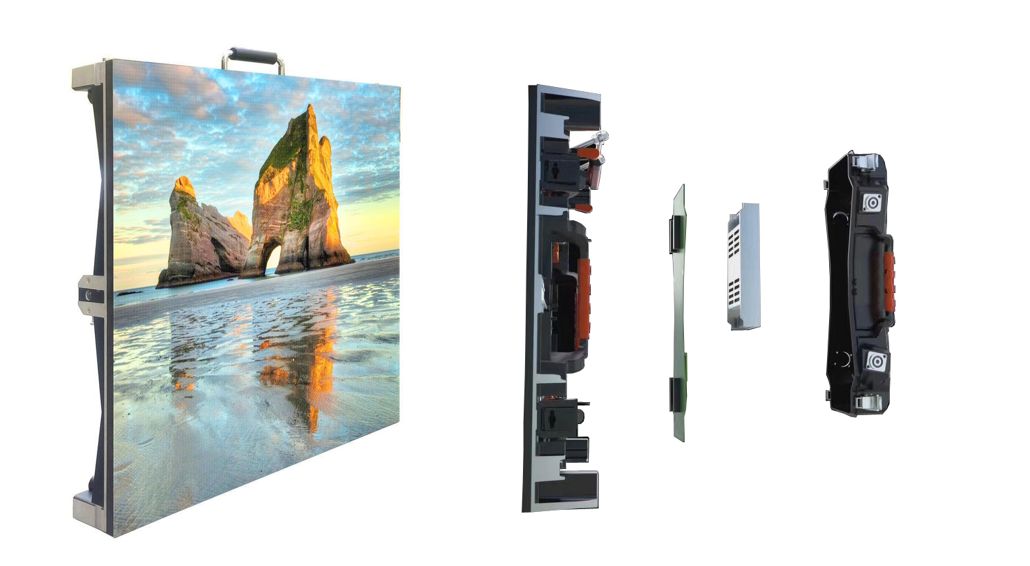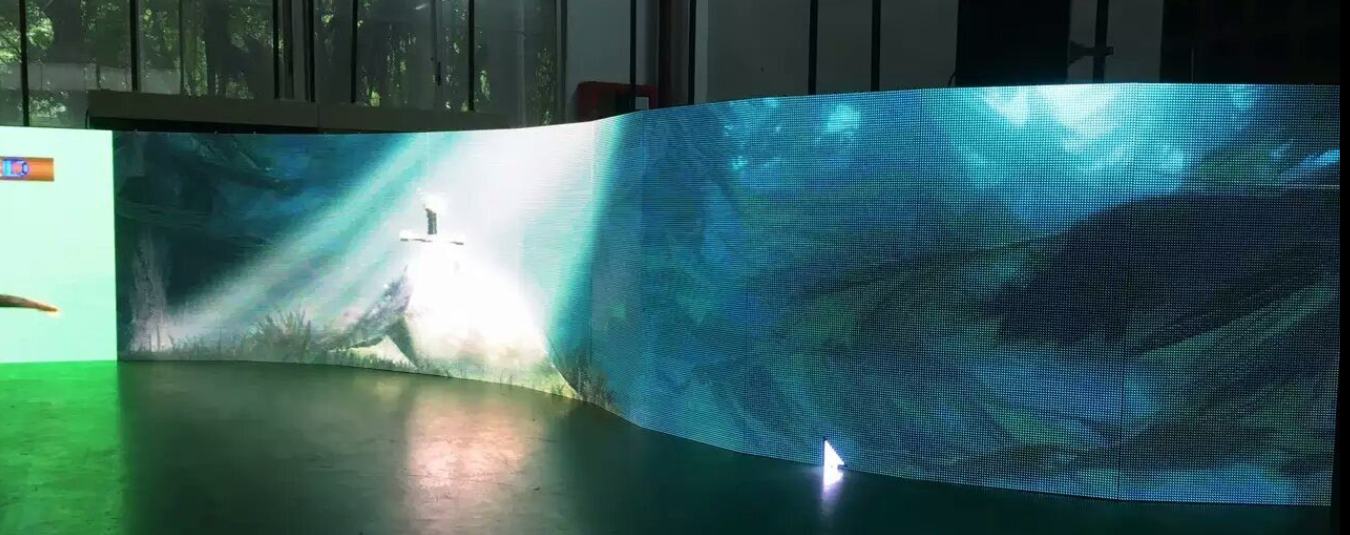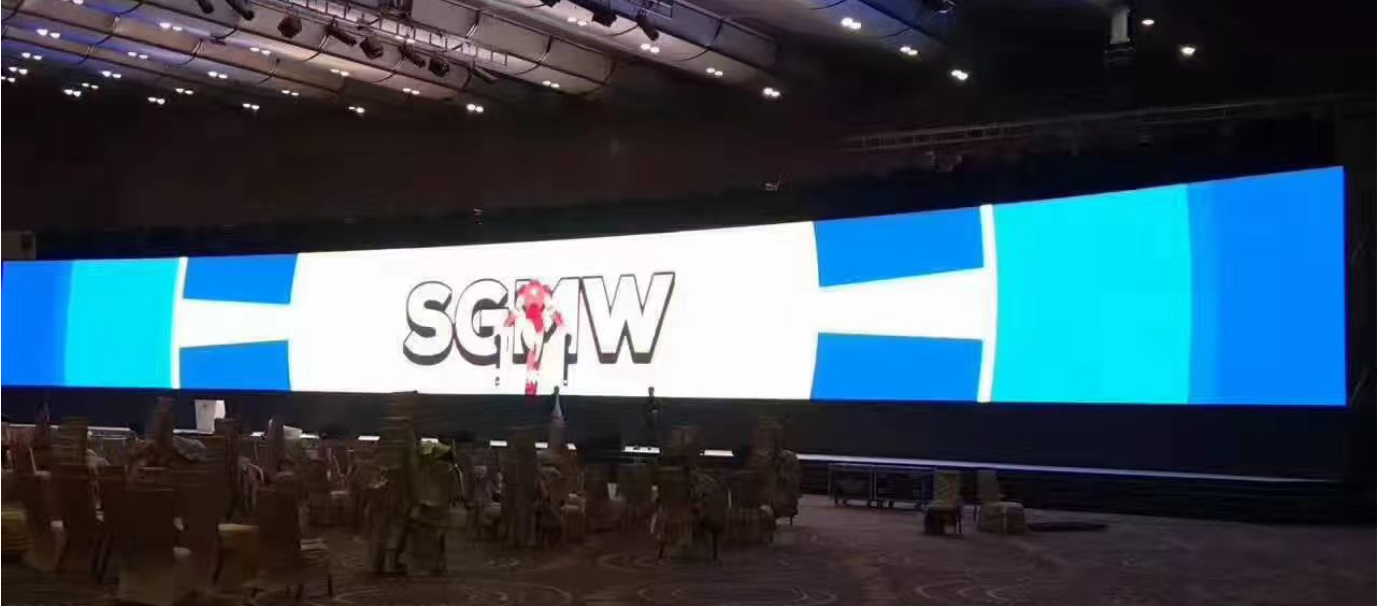
Zuo Yanyi, a research expert in Zhongkang Home Appliances, believes that HDR technology has increased brightness in the pursuit of LCD display technology to OLEDs, enabling users to have a cinematic HD experience at home. It has become an important technical highlight and technical direction of current mainstream TV makers beyond 4K technology. While the substitution effect of new OLED technologies is not yet obvious, LCDs need to emphasize strengths through HDR technology and quantum dot technology reinforcements, thus occupying the mainstream market position. Liquid crystal display technology may be eliminated in the future, but in the current market, it is a consumer's choice for a long time, especially in the reinforcement of HDR technology and quantum dot technology, the speed of OLED becoming mainstream may be delayed or change.
HDR in the end is a ghost or a short-circuit LCD TV
The development of video formats has been very rapid in recent years, from the resolution, the earliest SD to the current 4K, or even 8K; the grayscale from 6bit to the mainstream 10bit; the color gamut from DCI P3 to BT.2020; the number of frames from From 24p to 60p, the indicators have reached the forefront of the current level of technology, and only the high dynamic range of brightness has stayed at the SDR level, lowering the level of the entire industry.
HDR technology emerges at the right moment with regard to the shortcomings of the high brightness dynamic range in the development of the entire video format. Many people do not understand what HDR means. In fact, this word is not a new word in photography circle. HDR is the abbreviation of high dynamic range image. The dynamic range refers to the range of brightness and contrast, and the high dynamic range has wider light and darkness. Brightness range and higher light and dark contrast, it is in order to expand the contrast of the bright part and the dark part of the picture and reveal the picture detail.
Still photography captures details by capturing multiple images of the subject in different exposures. The problem is that photographs under static photography are often distorted and look like counterfeit, and HDR precisely solves this problem. Unlike HDR, it looks very realistic, and gray levels and details are almost a reduction of real life. It can simulate light reflections, making light and dark look natural. What is important is that in both cases, it still shows exquisite details and subtle hues. HDR and filters, glow effects are different. The new panel technology it uses has a wider palette and special-encoded video.
In fact, strictly speaking, HDR is a standard, not a function. When the human eye sees brightness, it has a certain range. Usually this range covers 1:105. Within this range, it is called the typical range of human eyes. Within this range, The human eye can feel the entire brightness, but this range is not fixed, it can move in the high light and low light range, and will not enlarge.
The role of HDR video is to cover the range that human eyes can see, that is, 1:105. In popular terms, it can make your eyes see the video and the reality of the world to see the same thing, restore more close to the real The visual perception of the environment.
By the same token, the recent HDR television is using the new OETF and EOTF HDR technology to improve the shooting and display dynamic range, and the TV system's ability to express latitude is increased to 105:1 with higher precision. And compatible with the current SDR viewing equipment. Compared to SDR, it is like creating a larger coordinate system that reproduces a larger color gamut and a higher brightness dynamic range.
Lu Jiebo, deputy secretary-general of the China Electronic Chamber of Commerce, said that HDR technology has become a new highlight of television. Unlike mobile phone HDR technology, which simply increases exposure and pixels, HDR TV is the ability to control the brightness and darkness of images in different areas of the TV. It can provide TV viewers with more dynamic range and image detail, and it can also better reflect the reality. Visual effects in the environment. Not only enlarges the contrast and color range of the image. Color quality will also be improved, and colors such as blue, green, and red will become more prominent. HDR technology and other display technologies can be well combined, greatly improving the quality of the effect.
Hard to find HDR resources for industrial chain integration is very important
HDR technology video screen in 4K standard has amazing brightness and color performance range, black is deeper, highlight screen still maintains details, TV presents more vivid colors, can greatly enhance people's TV viewing experience, and realize in 4K video. Peak quality and color performance, this technology also enhances the dark and highlight details, and brings closer dynamic range brightness to the human eye. Through HDR technology, the three-dimensional color gamut space has reached dozens of times of ordinary TV, which can bring about a better visual experience. However, similar to the current status of 4K video, there are two prerequisites for enjoying the HDR effect. TV can support HDR technology and must have HDR source. Currently, there are not many videos on the market that support HDR.
In the real world, objects that can reflect light to the human eye will exhibit color and brightness. For television, the current state of the art cannot yet restore the true light and shadow contrast scene viewed by the human eye. This is in contrast to the television itself. Display technology restrictions are relevant. At the same time, video capture and transmission also restrict TV's expression of light-to-dark ratio.
There are many movies and TV shows that use HDR shooting. For example, it was a very hot flash month. Usually, HDR movies must use a 5 digits camera, and then must pass a 5 digits performance instrument. In the 5 digits HDR TV terminal, the most original picture can be truly presented at the end, and the lack of one of these will not be realized. However, in order to take care of the contrast performance of the display device, the dynamic range is compressed to 3 digits. Many people are indeed HDR video when shooting, but after being transmitted to other devices, they are compressed and cause the loss of HDR signals.
The conditions for producing HDR film and television are harsh. It needs more than just a video camera or TV. What is needed is support of the entire industry chain. Sony has a great advantage in the HDR industry. In the shooting end, Sony has the ability to Recording HDR high dynamic range 4K, 8K cameras, such as Sony's F55, F65 professional-grade cameras have long supported HDR, supporting a very wide range of brightness.
Some time ago, at the BTV 2016 Spring Festival Gala event, all cameras recorded images with high dynamic range and wide color gamut standards. Sony actively promoted the development of HDR, giving users a better visual experience.
In terms of transmission, HDR content has more details than video files, so video files will be larger than non-HDR content. With past video compression technology and Blu-ray disc capacity, it is not able to accommodate long-term HDR content. With the ever-increasing speed of home networks and the establishment of new ultra-high definition Blu-ray standards, the dissemination of HDR content is no longer difficult.
On the display side, the use of HDR format for content production has not been considered in the past. It is also because the TV performance is not strong enough and the TV's image chip cannot process HDR content in real time. So even if there is HDR content, the TV will not let go. The current TV performance is getting stronger and stronger, and it has met the requirements for handling HDR content. For example, Sony recently introduced several HDR televisions, especially the recently launched X9300D. Based on HDR, optimized technologies are used to fully restore HDR content. HDR content performance.
HDR technology promotion or upgrade will become an important saving tool for LCD TVs
The continuous development of the color TV industry is the display technology. Among them, the brightness range and the partitioning technology are two major difficulties in display technology. Dr. Jinchao Li, chief editor of the Beijing Business Daily News, pointed out that who owns the new display technology will win in the future or he will be eliminated.
In recent years, all color TV manufacturers, including Internet companies, have begun a chase battle for the quality of television. Whether it is a "contestation between music and thinness" or various "reproach" of projection TV or OLED TV, the application of HDR technology has invariably become an important weight for domestic and foreign major TV manufacturers to win the market.
LG, Skyworth, which promotes OLED technology, and Konka, which is the latest in the OLED camp, have added HDR to recent television products; Samsung, TCL, which uses the curved quantum dot camp, also adopted HDR in its new products; and Hisense, which has its own proprietary projection TV New products are equipped with HDR to enhance the LCD TV screen contrast and color accuracy. Even TV brands such as Xiaomi and LeTV are following closely and have launched 4K high-definition HDR TVs.
Sony has always been an active advocate of the HDR standard, adopting a new dynamic backlight system in the field of HDR technology, and a new backlight system consisting of a unique dual light guide plate + 4 sets of high-performance LED lights to achieve accurate local blank light. According to report, Sony HDR TV can currently achieve 4000 nits of brightness and more than 1,000 light-controlled areas.
In addition, for the current situation in which HDR content is relatively scarce, Sony, through its research and development of Terricolor display technology and powerful 4K image processing chip and other major technologies and hardware, Sony HDR TV pioneered the SDR lifting technology. The ability to bring the most common SDR content closer to HDR effectively compensates for the scarcity of current film sources.
Compared with the hot market of HDR in a short period of time, the formulation of uniform standards has become imminent. According to the reporter's understanding, relevant authorities and color TV giants have started to discuss and formulate planning standards in recent days. It is believed that HDR will definitely become the new standard in the television industry.
LED rental screen is a kind of Led Display screen specially used for mobile stage performance and artistic activity performance, with rich display content and all-weather use ability, which is more and more widely used. The LED rental display screen is generally designed as a custom-made die-casting aluminum box, which is light and thin, quick disassembly and convenient transportation, suitable for different areas of application places. It can be processed synchronously and asynchronously, and can accept the access of DV, VGA, dhmi, SDI video, 4K signal, composite yuy and other new signal sources. Video, picture and text can be played at will.

Mobile Led Screen features:
1. The light, thin and fast lock design of
the box body enables quick disassembly and assembly during use. It is equipped
with an aircraft box, safe and convenient transportation. The box body can be
equipped with arc lock and rotate the lock at ± 15 ° to meet the use
requirements of customers for different sites.
2.
Signal source: support any direction of signal source, meet the arrangement and
placement of different boxes, and create different effects and pictures.
3.
Levelness: the box body adopts die-casting aluminum structure, with high
precision, good flatness and no shadow.
4. The screen body is equipped with a video
processor, which can delay AV, VGA, DVI, HDMI, SDI and other signal sources to
achieve full screen, split screen, picture in picture, live broadcast and other
effects.
6. Heat dissipation effect: the box is made of aluminum material, which does not need built-in fan air conditioner, etc. to reduce the power consumption of the box and work more quietly.
7. cabinet size: now it is mainly used for LED rental panel box size of 500 * 1000mm, 500 * 500mm, 576mm * 575mm, 512mm * 512mm480 * 480mm and other standard boxes.

Application scenario: widely use stage
rental, press conference, stadium, 4S point, sales center, lecture hall,
multimedia video, hotel, conference room, etc.
Precautions:
the screen body is divided into indoor and outdoor, indoor screen body shall
not be exposed to rain, edges and corners shall not be collided, and shall be
handled gently.

Indoor Led Screen,Mobile Led Display,Led Display,Led Screen
Shenzhen Vision Display Technology Co,.LTD , https://www.ledvdi.com